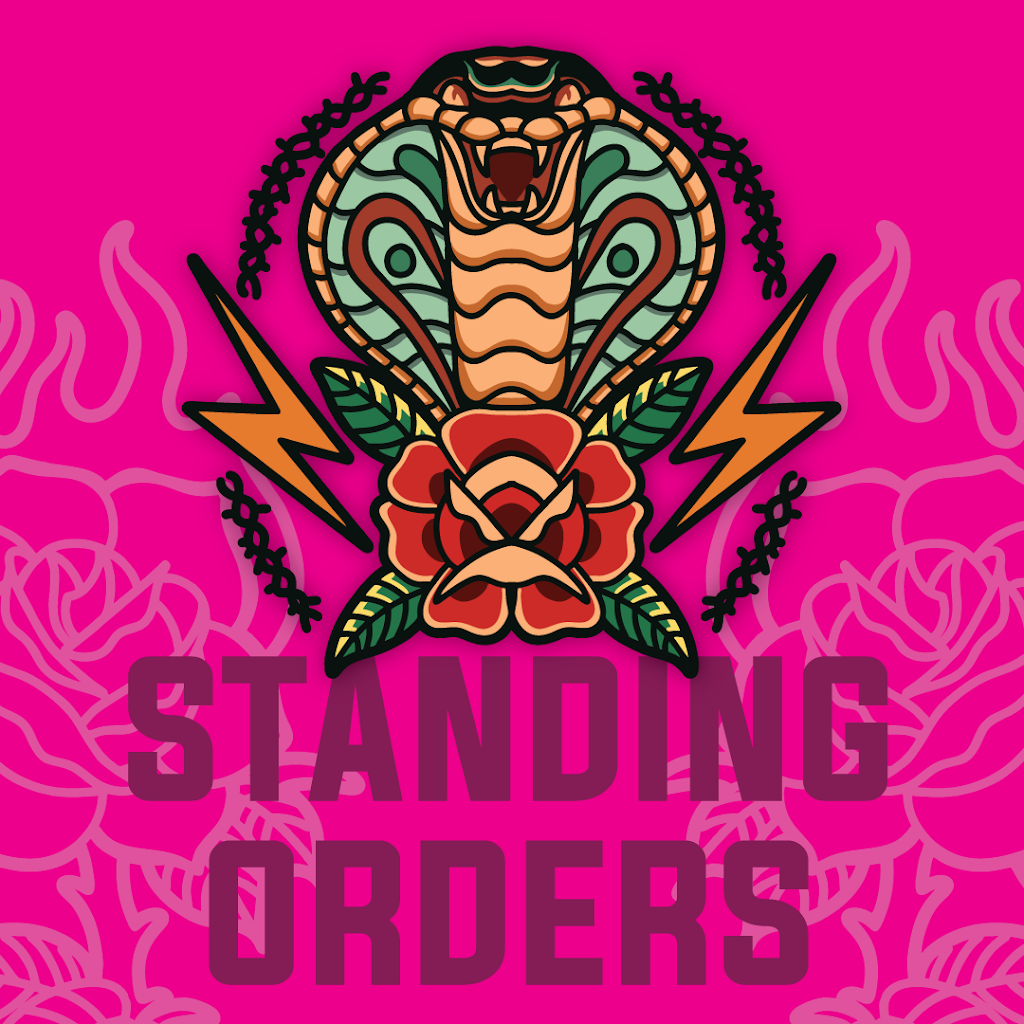OSHA HEAT HAZARDS

By: Susan Taah, ATC, LAT, CEIS
As worker safety continues to be at the forefront of industrial innovation, OSHA is moving fast to protect workers from heat illness, injury, and death.
As athletic trainers we are very aware of the affects of heat stress on industrial athletes and this proposed heat standard should be on all our radars. But in case you haven’t had the time to read the entire document here are the key take aways:
According to the Bureau of Labor statistics approximately 3,500 workers experience heat illness and/or injury every year. While most fatalities occur among outdoor workers, illness and injury is actually more frequent with indoor workers. If you’re an athletic trainer in a manufacturing plant, steam utility, food processing, or a shipping and fulfillment facility that is not climate controlled it’s easy to understand how indoor workers would be at risk for heat illnesses even though they are not exposed to the sun. Many processes use or generate heat to accomplish their end result and it can be difficult to address these hazards as they relate to the workers who interact with these processes.
Heat related fatalities are highest in particular industries including agriculture, forestry, fishing, hunting, construction, transportation and warehousing. As athletic trainers we are educated in the risks that come when athletes are required to exert themselves outdoors in the heat. Unfortunately, this knowledge is not universal and there are horrible tales of preventable deaths. Take a case where a supervisor told an employee who looked hot to sit in the truck and turn on the AC. The employee said he didn’t want the AC but agreed to rest in the truck. The supervisor did turn on the AC for the employee, but when the supervisor returned 30 minutes later to check up on the employee, the employee had died. Though the employee’s comments would have been a red flag to an athletic trainer, many industrial athletes only have access to supervisor or manager who may not be trained to look out for relevant signs and symptoms. Industries with high heat hazards should have an athletic trainer on hand not just to educate supervisors in early recognition of heat illnesses, but also to eliminate the occurrence of heat-related fatalities by having a qualified health care provider available to administer life-saving emergency care.
Black, foreign-born Hispanic, and low-income workers are at the highest risk of hazardous heat exposure and poorer health and safety outcomes as a result. Not only are Non-Hispanic Black workers and foreign-born Hispanic workers more likely to be employed in high-risk occupations even after adjusting for sex and education, but they also have a higher risk of heat-related fatalities within those jobs compared to white workers. This is especially critical when it comes to agricultural crop workers who have been estimated to have 20-35 times the risk of a heat-related fatality. Ensuring that possibly neglected patient groups receive top tier prevention and health education is one of many ways that athletic trainers can use cultural competency to provide equitable care to their patient population.
A high emissions scenario where the number of days above 90 degrees Fahrenheit increases due to climate change will result in an annual loss of almost 2 billion labor hours annually totaling an estimated $160 billion in lost wages. It is extremely powerful that OSHA included climate change considerations in their literature review. Especially because they estimate that loss to be 14-34 hours annual per worker (possibly up to 84 hours per worker for southern states). While this information may not lead businesses to immediately reconsider their ecological footprint, it does inform them how climate change could financially cost their company in the future.
If you have been seeking ways to address heat hazards at your workplace, I encourage you to read the entire Advance Notice of Proposed Rule Making (ANPRM) on Heat Injury and Illness Prevention in Outdoor and Indoor Work Settings published by OSHA in 2021.
It covers heat exposure, heat stress contributors, prevention programs, possible engineering and administrative controls, personal protective equipment, acclimatization, monitoring and worker training, and more.
4 years ago, I introduced a heat acclimatization program at a tire manufacturer in South Arkansas. The OSHA document would have been a real help considering that I had to compile a convincing proposal from a limited body of literature. I was able to present a solution that my organization bought into and that summer we started our heat acclimatization program for new hires. We closed out the year with no recordable heat injuries for the first time in over 30 years. In addition, productivity increased while absenteeism decreased. We also had the opportunity to show plant leadership how our present heat hazard affected workers with data on average fluid losses, and even individual case studies like single day loses over 9 lbs. or 3-day loses over 26lbs.
In case your organization is still not convinced, OSHA has a new national emphasis program (NEP) targeting heat in the workplace that came into effect April 8th. This enforcement initiative allows OSHA to perform planned and unplanned inspections of workplaces to identify heat-related hazards for the next three years. There are 70 industries on the target list, and it is very likely that yours is one of them. Protect your industrial athletes by being an agent of change at your site.
Click here to learn how to build out your Heat Acclimatization Program
Are you an Athletic Trainer?
Join us!
From per diem shifts to full-time opportunities, AT resources, PLI, a free EMR and more, Go4 is the essential AT app. Sign up now!
"*" indicates required fields
Other articles you might like

What is the deal with Standing Orders?
How do I get standing orders as an athletic trainer? Q: What are standing orders? A: Standing orders, aka medical protocols, establish the scope of practice for an athletic trainer. Under the direction of a physician, they are an overview of the specific skills that the AT is legally able…

AT Spotlight: Thomas Obergefell, Athletic Training from the Dugout
Name: Thomas Obergefell, MS, ATC, LAT Nickname: T.J. Alma…

Middle School / High School / College / Any School EMR: The Importance of Documentation
Go4’s in-app Electronic Medical Record We all know the reasons why it’s important to thoroughly document, but incase you forgot, here they are:…